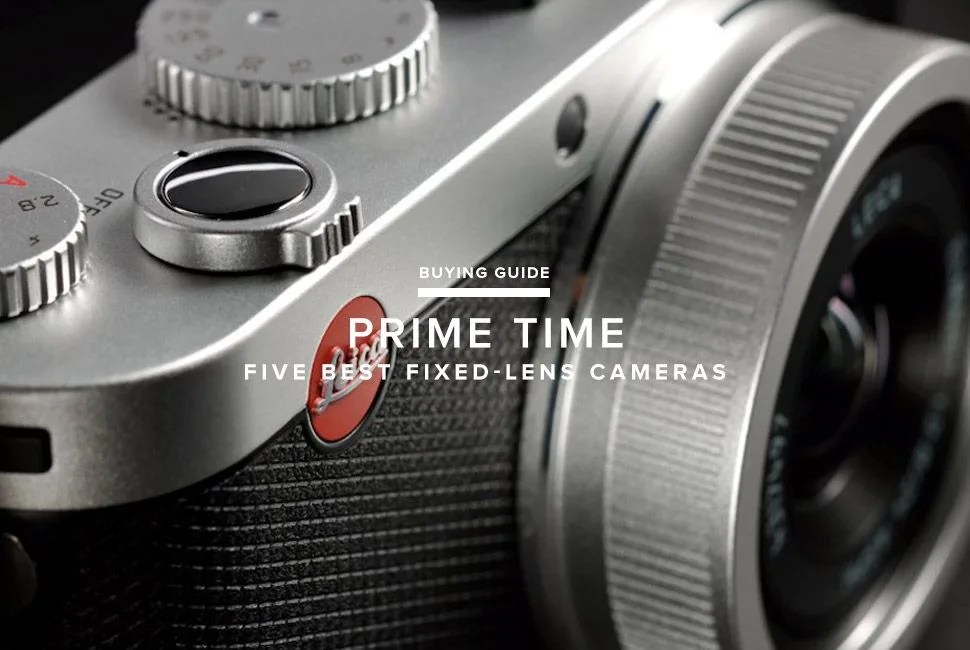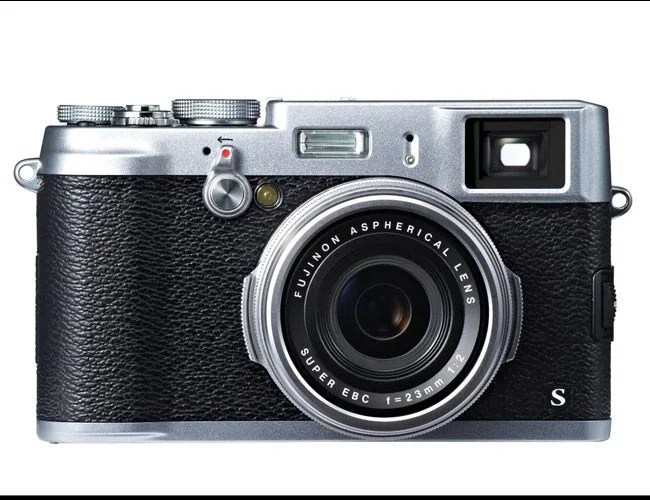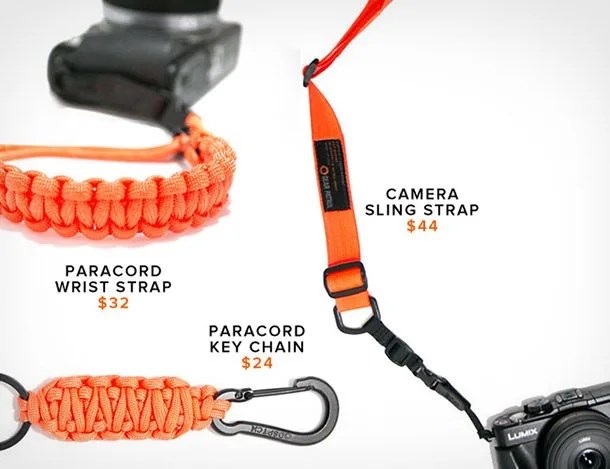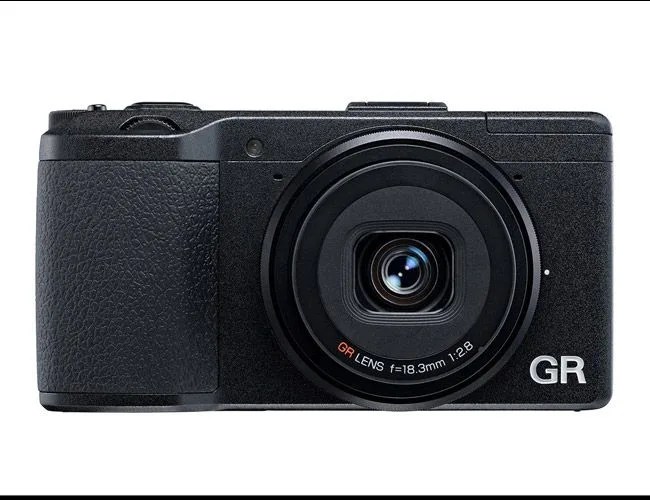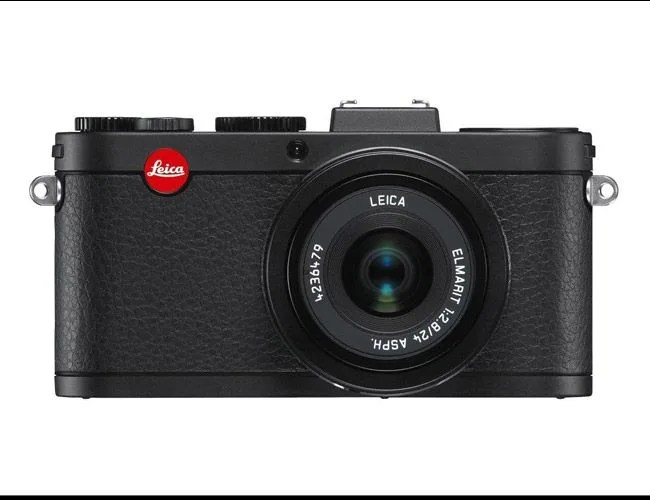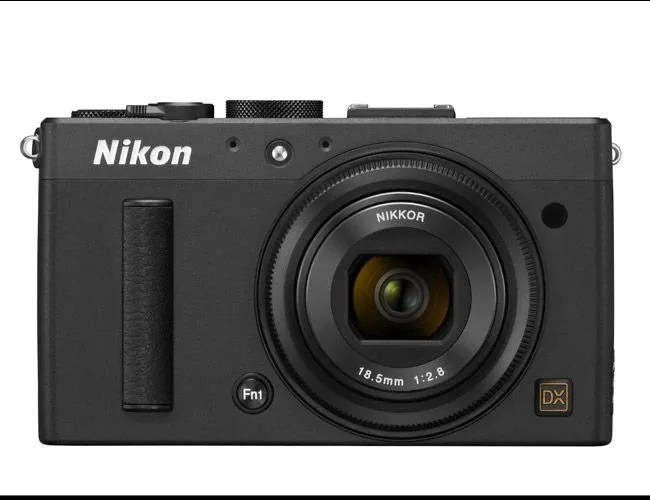There was a time when photographers didn’t carry nine different lenses with their camera, a time when one wide-angle lens was enough to get an adroit photographer through the day because he realized that sometimes the best way to zoom in was to damn well walk closer to his subject. While most of us like having a versatile zoom lens, there’s something to be said for having only one focal length.
The formula for a fixed-lens camera is simple: combine a single, fixed prime lens at a “walk-around” focal length (e.g. 35mm), a large, light-gobbling sensor, and a body design that often takes its cues from heritage products like rangefinders. The result is a distraction-free camera that requires a more intentional kind of photography: suddenly, composition and exposure are not judged on the fly; rather they are meditated upon until the perfect shot becomes clear through the viewfinder. When you shoot with a fixed focal length camera, you don’t take pictures, you take photographs. We’ve rounded up the top six “fixies” to get you started on your path towards being an artisan.

Sigma DP
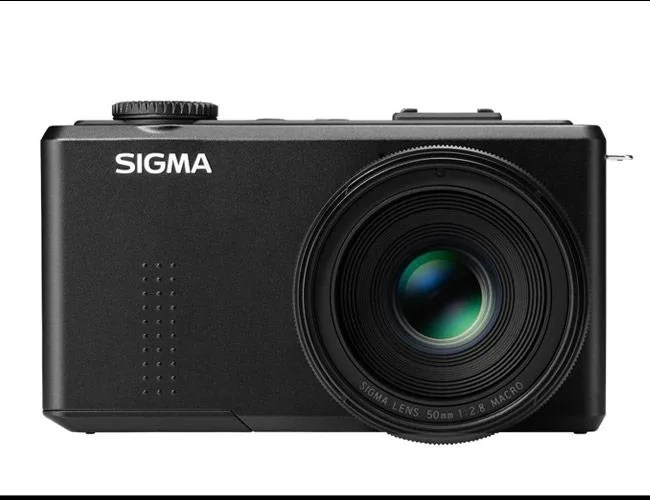
For years Sigma has sat in the middle of a niche market, surrounded by either die-hard loyalists or the utterly indifferent, but with the DP line, the brand has hit its stride and found its place. The DP1, DP2, and DP3 offer 28mm, 45mm, and 75mm focal lengths respectively. All three DP fixed-lens cameras (each offering a different focal length) unleash the fury of Sigma’s 46MP Foveon X3 sensor, which allows each pixel to capture red, green, and blue color information, resulting in images that carry a certain 3D charm. Aesthetically, the DP cameras are the simplest in this roundup, with clean lines and minimal button clutter. Yes, the bodies are made primarily of plastic, but we’re not concerned as they feel solid enough in the hand. We prefer the DP2 with the 45mm 2.8 lens because it’s by far the most versatile of the group: it’s wide enough for street shooting, and has a far enough reach for flattering portraits. But really, you can’t go wrong with any of the DPs, and at $999 apiece, you may as well pick up more than one.
Sony RX1r
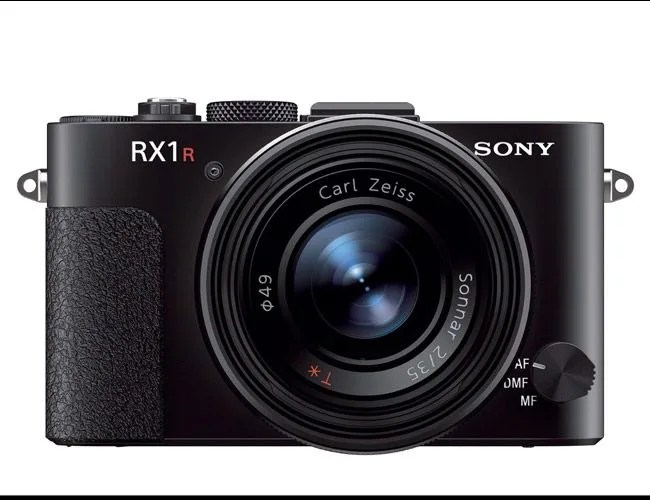
Sony held nothing back with the RX1r. This is the only fixie in the lineup sporting a full-frame sensor (meaning the digital sensor is literally the size of a 35mm negative). With 24MP you need not worry about any loss of resolution. The metal lens on the RX1r is a true Carl Zeiss (one of the world’s best lens makers) 35mm f2 with dedicated functioning rings for aperture and focus — and a sharpness that rates off the charts. The RX1r is built solidly, and while the grip is rather small, the whole rig can easily be slipped into your coat picket. Sony also offers an external electronic viewfinder for those of us who despise using a screen to compose our shots. While at $2,800 the RX1r is the most expensive body in the lineup, after printing your first photograph you’ll know exactly what you’ve paid for: this powerhouse delivers images rivaling the best full-frame DSLRs, and with the Carl Zeiss lens (did we mention he’s a big deal?), you’ll never wonder if you bought the top of the line.
